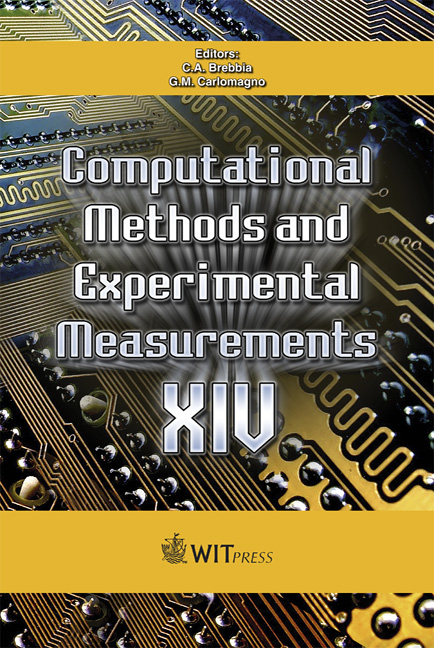Implementation And Validation Of A Strain Rate Dependent Model For Carbon Foam
Price
Free (open access)
Transaction
Volume
48
Pages
11
Page Range
105 - 115
Published
2009
Size
3,085 kb
Paper DOI
10.2495/CMEM090101
Copyright
WIT Press
Author(s)
G. Janszen & P. G. Nettuno
Abstract
Carbon foam showed good ballistic performances for relatively small fragment impacts: low density samples (0.56 g/cm3 and 0.24 g/cm3) were able to stop and in some cases hold a 5 mm diameter stainless steel sphere shot at a speed up to 240 m/s by a compressed air gun. The results were used to calibrate and benchmark an Ls-Dyna model which had to be based only on a few and easy-to-measure material parameters. Therefore, performing only static compressive loading characterization tests, a suitable cellular Ls-Dyna material model was chosen. To justify the promising energy dissipation results, which cannot only be due to the static performances, a strain rate dependency was supposed. Based on ceramic materials which have inhomogeneities of the same size of the foam pores, a strain rate law typical of these was applied. Similar relations were applied to both the foams, and a calibrating coefficient was made on a single impact velocity test. The same model was then used to reproduce the impact at different impact velocities and very good agreement between experimental results and simulation was achieved. Keywords: carbon foam, ballistic impact, strain-rate effect.
Keywords
carbon foam, ballistic impact, strain-rate effect.





